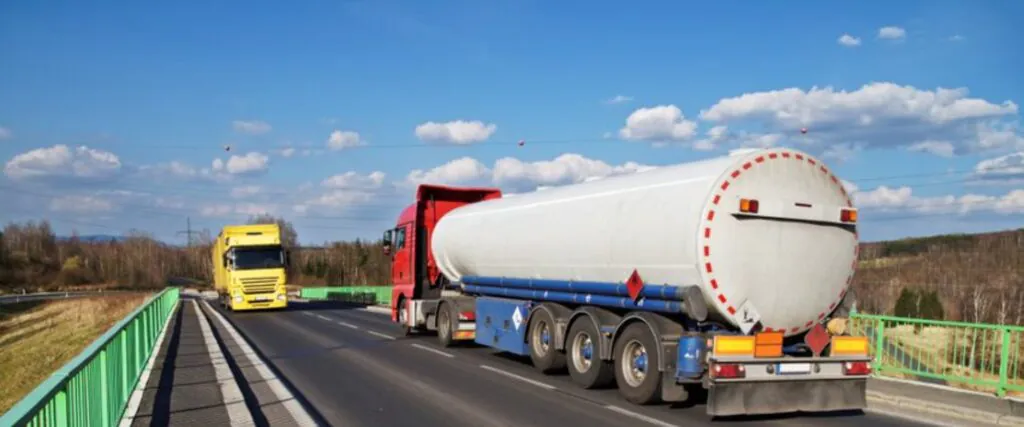The Internet of Things (IoT) refers to a vast network of interconnected devices that communicate and exchange data with each other and the cloud, often without human intervention. These devices can range from everyday household items to complex industrial machinery, all embedded with sensors and software that enable them to collect and share data over the internet.
IoT is reshaping the world of public transportation, leading to increased connectivity, improved efficiency, and better commuter experiences. With the rise of IoT-enabled devices and the widespread availability of internet connectivity, traditional gaps in network coverage are being bridged. The integration of IoT public transportation technologies is revolutionizing urban mobility by enhancing real-time tracking, optimizing routes, and improving overall passenger experience.

What is IoT in Public Transportation?
IoT in the context of public transportation refers to using connected vehicles equipped with sensors, GPS, and Wi-Fi networks to communicate with other devices and share data in real time. Whether it’s a city bus, a subway train, or a taxi, IoT sensors allow these vehicles to collect and transmit data, which can then be used to enhance the overall system.
Route optimization
Vehicle monitoring
Passenger services
This interconnected network allows for:
- Route optimization: Authorities can analyze real-time traffic data to adjust routes, minimize congestion, and reduce travel time.
- Vehicle monitoring: IoT sensors keep track of a vehicle’s performance, alerting operators to potential issues before they become major problems.
- Passenger services: IoT technology enables transport systems to offer services like in-vehicle Wi-Fi, keeping commuters connected on the go and enhancing the customer experience.
By utilizing IoT solutions, cities and transport authorities can improve the overall safety and reliability of their services, all while reducing operational costs and promoting more sustainable practices.
Key Benefits of IoT in Public Transportation
IoT technology offers a variety of advantages for both service providers and passengers, making public transportation systems more efficient and reliable. Here are some of the top benefits:
- Real-Time Tracking and Monitoring
One of the most valuable aspects of IoT in public transportation is the ability to track vehicles in real time. GPS-enabled sensors on buses, trains, and other public transport vehicles allow operators to monitor their fleet’s location, ensuring they can adjust services dynamically based on current traffic conditions. This capability leads to improved route efficiency and ensures that passengers face fewer delays. - Predictive Maintenance
IoT systems can monitor the condition of vehicles in real time, identifying maintenance needs before they become critical. By alerting maintenance teams early, service operators can ensure that vehicles are properly maintained and remain compliant with safety regulations. This proactive approach to maintenance can reduce unexpected breakdowns, extend vehicle lifespan, and minimize service disruptions. - Enhanced Passenger Experience
Many modern public transportation systems are using IoT technology to offer in-vehicle Wi-Fi, improving the passenger experience by keeping commuters connected. This connectivity can be leveraged to provide real-time service updates, enhancing journey planning and reducing uncertainty. Passengers can access information on traffic conditions, alternative routes, or potential delays, improving overall satisfaction. - Data-Driven Decision Making
IoT generates massive amounts of data from various sources, including ticketing systems, vehicle sensors, and traffic signals. By analyzing this data, transport authorities can gain actionable insights into commuter patterns and operational inefficiencies. These insights enable data-driven decisions that optimize service delivery, improve customer satisfaction, and drive cost savings. - Increased Safety and Security
IoT technologies provide a critical layer of safety and security for both passengers and operators. Real-time data monitoring allows operators to track driver behavior, identify risky actions such as speeding or hard braking, and provide targeted training where necessary. In addition, IoT sensors can enhance road safety by detecting hazardous conditions and alerting drivers to potential risks.
By improving real-time communication and data collection, IoT ensures that public transportation systems become more adaptable and responsive, reducing inefficiencies and enhancing overall service quality.
Challenges of Implementing IoT in Public Transportation
Despite the significant benefits IoT offers, its integration into public transportation comes with several challenges that need to be addressed:
- Cybersecurity Threats
With vast amounts of data being transmitted across IoT networks, ensuring the security of these systems is paramount. The sensitive information collected, such as commuter details and real-time vehicle locations, must be protected from cyber-attacks. Implementing robust cybersecurity measures is essential to safeguard passenger privacy and prevent malicious attacks that could disrupt services. - High Infrastructure Costs
Implementing IoT-enabled public transportation systems requires significant investments in network infrastructure. Cities must develop the capability to handle large volumes of data, ensuring that their networks can scale with the growing number of connected vehicles and sensors. This requires substantial financial resources and often presents a barrier to smaller cities or regions with limited budgets. - Data Privacy Concerns
The data collected through IoT systems includes sensitive personal information about passengers, including their travel habits and locations. Authorities must ensure that this data is handled responsibly, in compliance with privacy regulations, and protected from unauthorized access. Establishing clear data privacy guidelines is crucial for building public trust in IoT-enabled transport systems. - Technical Integration and Compatibility Issues
Many public transport systems rely on legacy infrastructure that may not be compatible with modern IoT solutions. Upgrading these systems and integrating new technologies often involves overcoming technical hurdles and ensuring that all components—both old and new—work together seamlessly.
The Future of IoT in Public Transportation
The future of public transportation is undeniably linked to the evolution of IoT technologies. With the development of 5G networks and smart city initiatives, the possibilities for IoT in transport are growing rapidly. Key future trends include:
Autonomous Vehicles
Self-driving buses and trains are no longer a distant dream. With the help of IoT, autonomous public transport vehicles can safely navigate through city streets, providing seamless services without the need for human drivers.
Smart Traffic Management
IoT can enable real-time communication between vehicles and traffic management systems, allowing cities to reduce congestion, optimize routes, and improve overall mobility.
Sustainable Transport Solutions
IoT offers opportunities to create more energy-efficient transport systems, reducing emissions and contributing to the development of greener cities.
As cities continue to expand and evolve, IoT will play a critical role in ensuring that public transportation systems are able to meet the increasing demands of urban populations.
Conclusion
IoT is transforming public transportation by enhancing connectivity, improving operational efficiency, and providing better services for commuters. However, to fully realize the potential of IoT in transport, cities must address challenges such as cybersecurity risks, infrastructure costs, and data privacy concerns. As smart cities continue to emerge and technologies evolve, the future of public transportation will be increasingly driven by IoT solutions, paving the way for safer, more efficient, and more sustainable urban mobility.
Related Articles
- How We Drove 29% Profit Growth and Record Sales for a Pharmaceutical Company Through Pharma Market Intelligence
- How We Helped a Leading Online Game Developer Navigate and Capitalize on the Growing Virtual Goods Market
- Market Segmentation Helps a Leading Transportation and Logistics Industry Client Refine Their Marketing Strategies





